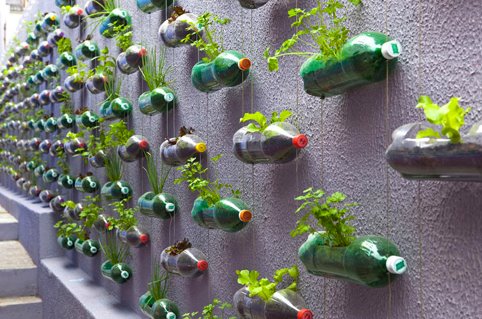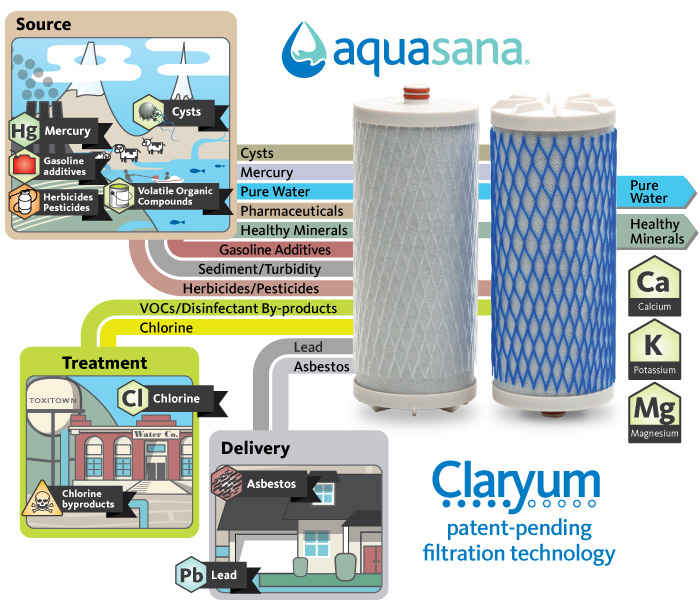what's in your water..?
lynwood, illnois water pollutions Sauk Village Water Vinyl chloride contamination The suit notes that village officials were informed in 2009 by the Illinois Environmental Protection Agency that one of the village’s wells was contaminated with vinyl chloride. The village subsequently shut down the well. The IEPA continued testing water in the village’s two remaining wells, and the state has a lawsuit pending against the village over the contamination of those wells. Derrick Holt was diagnosed with cancer of the larynx in April, and he did not have “sufficient information or knowledge that he was injured and that the injury was caused by the wrongful acts of others. http://southtownstar.suntimes.com/photos/13816199-418/iepa-issues-warning-over-sauk-village-water.html  Contaminants everywhere
The Gulf Oil Spill. Lead and giardiasis in city water. Water boiling warnings. You’ve seen this stuff all over the news, especially when the media run stories on local water supplies showing that this or that contaminant has been found. In these circumstances, your concern is probably justified. You may begin to worry, sniff the water that comes out of your taps, run water for 30 seconds before using it to cook or drink, or even make plans to buy bottled water or a water filter. Get the facts before you act. Consider the following: 1) Contact your municipal water supplier. You have the right to review their annual Consumer Confidence Report (CCR) for ongoing water quality issues. If there is a widespread, short-term problem, your municipal water supplier will have some sort of statement prepared, and will likely have it posted on their website along with instructions on what to do. 2) Contact local news and media outlets. If there’s a problem, they will more than likely know what’s going on. And if you are the first to bring it to their attention, they will probably investigate it! 3) Contact local hospitals or a trusted doctor. If there’s been a spike in recent cases of water-borne illnesses or sickness related to contamination, they will know about it and be able to tell you what the danger is to you and your family, what symptoms to look out for and how to avoid it. 4) Check the EPA’s website for information on contaminants that are prevalent in your area. This can be a good guide, but is rarely specific enough to really tell you enough information on your home or neighborhood. (Or try the Water Quality Association’s Interactive Problem Solver.) 5) Have your water tested. This is only applicable if the problem persists and the local water treatment supplier is unable to correct the levels of contamination. Find out what, exactly, the problem is so you can take steps to correct the problem yourself. http://www.aquasana.com/blog/2010/12/5-ways-to-determine-if-you-need-to-worry-about-tap-water-contamination/ To obtain the safety of your incoming water install a whole house system and have the security for you and your family that you are drinking the purest water.
what's in your water..? lynwood, illnois water pollutions Sauk Village Water Vinyl chloride contamination The suit notes that village officials were informed in 2009 by the Illinois Environmental Protection Agency that one of the village’s wells was contaminated with vinyl chloride. The village subsequently shut down the well. The IEPA continued testing water in the village’s two remaining wells, and the state has a lawsuit pending against the village over the contamination of those wells. Derrick Holt was diagnosed with cancer of the larynx in April, and he did not have “sufficient information or knowledge that he was injured and that the injury was caused by the wrongful acts of others. http://southtownstar.suntimes.com/photos/13816199-418/iepa-issues-warning-over-sauk-village-water.html http://www.epa.state.il.us/community-relations/fact-sheets/crestwood-pws/crestwood-pws-1.html
From 1986 to 2007, the Illinois EPA believes Crestwood was using water from its contaminated groundwater well to supplement the Lake Michigan source water without informing the Illinois EPA or its water customers. Since the Crestwood Public Water Supply (PWS) well was reportedly not in use during this time period, no routine samples of that well were taken; federal Safe Drinking Water Act regulations do not require sampling of PWS wells that are not in use. Consequently, no regularly-collected analytical data are available to determine the levels of contamination over those years. However, in a letter to the Illinois EPA from April 1998, a consultant investigating a nearby drycleaner solvent release reported results from two samples collected from the Crestwood well. This letter also documents conversations with Crestwood officials who told the consultants that the well water was being mixed with the purchased Lake Michigan water at a ratio of 10:90. If this report is accurate, this set of results indicates that the chemical contamination discovered in 1986 had not yet degraded into the more dangerous chemical, vinyl chloride, which was first found in a 2007 well sample. What were the chemicals found in the well water in the mid 1980's and why was Crestwood allowed to continue to use the well? What were the chemicals found in 2007? The health risks connected with inhalation and skin absorption of vaporized
chlorine in shower vapor can also lead to health annoyances and even serious problems. Fortunately, there are easy ideas to help detox your daily shower. Dr. Maoshing Ni (Dr. Mao), renowned longevity expert and bestselling author of Secrets of Longevity: Dr Mao’s 8-Week Program, offers three easy and affordable tips to detoxification: • Get a copy of your water quality report: You should receive a yearly consumer confidence report (or a drinking water standard report) from your water supplier that acknowledges where your water comes from and what’s in it. Contact your water company or visit the EPA website at www.EPA.gov if you haven’t received your report. It’s required by law to be accessible, and it’s free. • Apply a shower filter: Dr. Mao recommends installing an Aquasana shower filter, which decreases nearly double the amount of chlorine required for NSF certification. This is especially important for young children, who are more susceptible to breathing disorders and dry skin conditions like asthma and eczema, which can be amplified by the chlorine in bath water. • Use non-toxic bathroom cleaners: Choose non-toxic, mold and mildew cleaners, like those from Seventh Generation and Biokleen, since toxins in cleaning supplies combine with the contaminants in tap water to make a active chemical cocktail that you will inhale once it vaporizes in the shower. Anyone who has been in a chlorinated pool knows that chlorine robs your skin and hair of moisture. This is because chlorine strips skin and hair of its natural protective oils. What most people do not understand that chlorine - and a lot of it - can also be found in the tap water we use to shower with every day. The chlorine added to our tap water causes dry, dull hair, split ends and color that fades and turns brassy. Even the best conditioners, serums and balms are less effective when hair’s natural protective oils are consistently stripped away with each shower. Removing more than 90% of the chlorine from shower water, Aquasana shower filters help promote both immediate and long-lasting beauty benefits like softer skin and healthier hair. Consider what celebrity stylist River Lloyd of the John Frieda Salon in New York (whose clients include Kate Hudson, Tory Burch, Rosario Dawson, L’Wren Scott, etc.) has to say: “One of the most important things you can do for hair is to wash it with filtered, chlorine-free water. Your hair will be noticeably softer and shinier, your scalp will be healthier and your color will stay true and stay longer. Shampooing with filtered water will also lower your need for damaging, heat-based styling tools like flat irons due to the fact your hair will be much cleaner and more controllable out of the shower. |
| Best Home Water Filter |
|


 RSS Feed
RSS Feed
